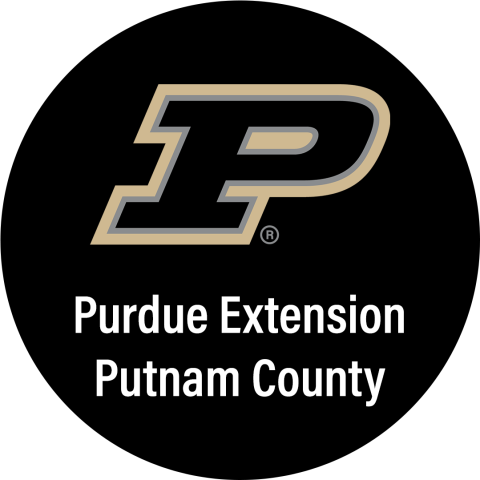
A few weeks ago, we discussed the 2022 Purdue Farmland Value Survey and how to set a cash lease amount. As a reminder, the values and information found within the survey should be adjusted for your individual situation when determining your rental amount.
Setting the rental amount is just one of the components of leasing farmland that can be stressful. You can avoid some of the stress by putting your farmland lease in writing. By taking the time to write down the lease, you are able to get your thoughts down on paper so that you can make a clearer decision. Additionally, it gives you a record to go back to if a disagreement arises. It also serves as legal proof of your agreement and provides a way for your asset to be handled in the event that a tragedy would strike and your heirs are left with crops growing in the field. It is best when the lease is being written for the landlord, tenant, and a notary or witness to be present.
There are many types of leases; however, most are either cash rent agreements or a flexible lease. Cash rent leases typically involve one payment that is due at planting time or after harvest. The advantage of cash rent is the landlord gets a stable income and the tenant has total management control. The downfall for the landlord is they do not get the benefits of a good year while the tenant is faced with having to provide all the capital.
Flexible leases take into consideration fluctuating markets and uncertain yields by not determining rent until after harvest. The formula to determine the amount of income the landlord receives is determined at the time the lease is being developed, so there is some price risk for the landlord since they will not know until the end of the year what they will receive as income. One advantage is the benefits of a good year are often shared between landlord and tenant.
Having a good landlord-tenant relationship is necessary when it comes time to negotiate the lease. Therefore, as a tenant, I suggest talking to your landlord throughout the year and letting them know what you have been up to on their property. Specifically, letting them know what the yields were like and the results of any soil test.
A good landlord-tenant relationship makes it easier to talk about the fine points within a farmland lease. Many tend to group the items in a farmland lease into five areas: General Terms, Land Use & Cropping Program, Landlord’s Rights, Tenant’s Rights, and Enforcement of Agreements & Arbitration. The General Terms section states the length of the lease, rental amounts/share & contribution totals, how the rent will be paid, and how termination of the lease notice needs to be given. It is also good to declare in this section that this is an agreement, not a partnership.
Under the Land Use & Cropping Program section, you should find information about the acres involved, any limitation on what crops can be produced, and government program provisions. It should also declare who has hunting rights and who can give those hunting rights to others (i.e. if the tenant has the rights, can they let their nephew or son hunt there).
In the Landlord’s Rights section, there should be information on the landlord’s involvement in management decisions, who is in charge of replacing and repairing buildings, and who is to pay the taxes. Sometimes you will see information on whether or not the landlord pays for the lime applied to the field.
Under the Tenant’s Right section, you will often find information on their responsibility to maintain the appearance of the farm (i.e. what if the fence gets destroyed) and storage/use of pesticide and other chemicals. Additionally, you will find information on subleasing possibilities, who is responsible for controlling soil erosion, and if the tenant can use cover crops on the property.
The Enforcement of Agreements & Arbitration section deals with the liability of damages to the other party and legal issues about who is to handle the crop if a tragedy strikes (i.e. can the lease be inherited or is it terminated). There should also be information on how to handle amendments to the lease and how to resolve disputes. If the tenant is responsible for the lime cost, then an agreement needs to be determined and written in this part of the lease on how to handle residual lime payments if the lease is terminated before all the benefits of the lime application is realized.
Visit our homepage at www.extension.purdue.edu/putnam or you can contact the local Purdue Extension Office by calling 765.653.8411 for more information regarding this week’s column topic or to RSVP for upcoming events. It is always best to call first to assure items are ready when you arrive and to RSVP for programs. While many publications are free, some do have a fee. Purdue University is an equal access/equal opportunity institution. All times listed are Eastern Time.
Upcoming Events:
Sept. 27 – Train your Brain program, 6:00pm, Fairgrounds, register at 765-653-8411
Oct. 3 – Pond Management Workshop, 6 pm, Ivy Tech, register at https://tinyurl.com/PutCoPond or 765-653-8411
Oct. 10 – Extension Office closed Columbus Day holiday


 Kandee Cook to serve as GIANT fm account executive in both Rockville and Greencastle
Kandee Cook to serve as GIANT fm account executive in both Rockville and Greencastle
 The Putnam County Museum announces Sunday opening hours
The Putnam County Museum announces Sunday opening hours




